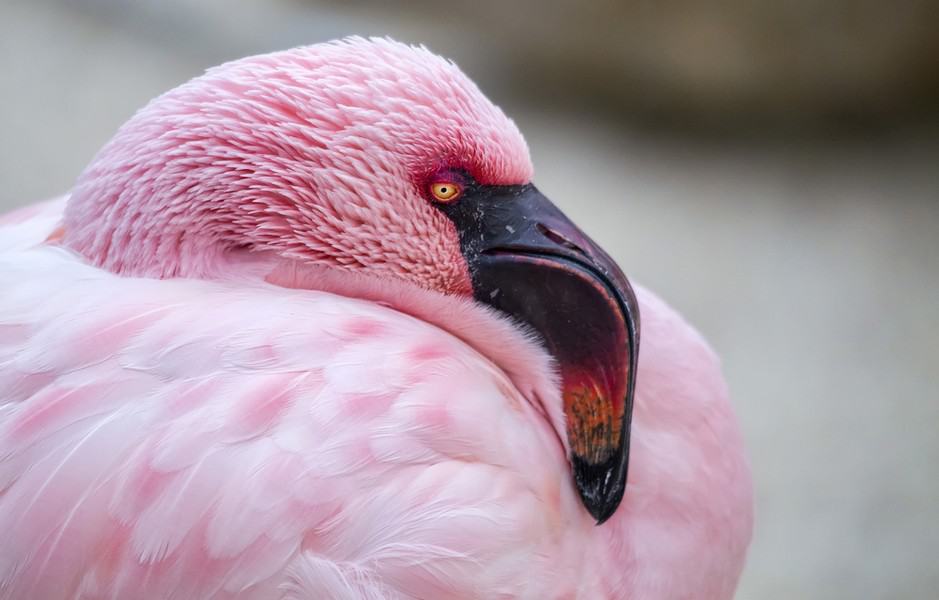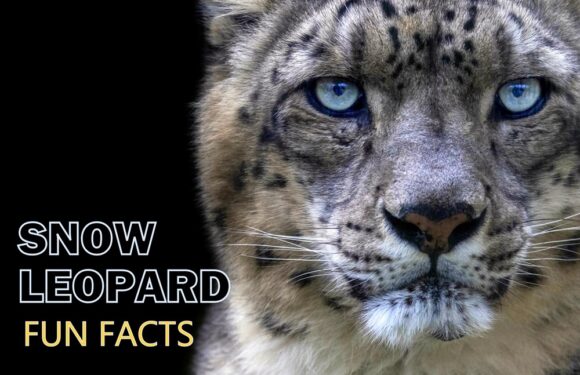
In the vast and varied landscapes of Tanzania, Lake Natron stands out as a unique and intriguing place. This alkaline lake is unlike any other, known for its otherworldly beauty and extreme environment. It offers a stark contrast to the more well-known destinations like the Serengeti and Ngorongoro Crater, providing a unique experience for those who venture to its shores.
How Do You Pronounce Lake Natron?
Lake Natron is pronounced ‘Nay-tron.’
Where is Lake Natron Located?
Lake Natron lies in the Arusha Region of Tanzania, near the Kenyan border. It is situated in the eastern branch of the East African Rift Valley and at the base of Ol Doinyo Lengai, an active volcano. The lake is part of the northern safari circuit and is approximately 120 miles (193 km) northwest of Arusha city.
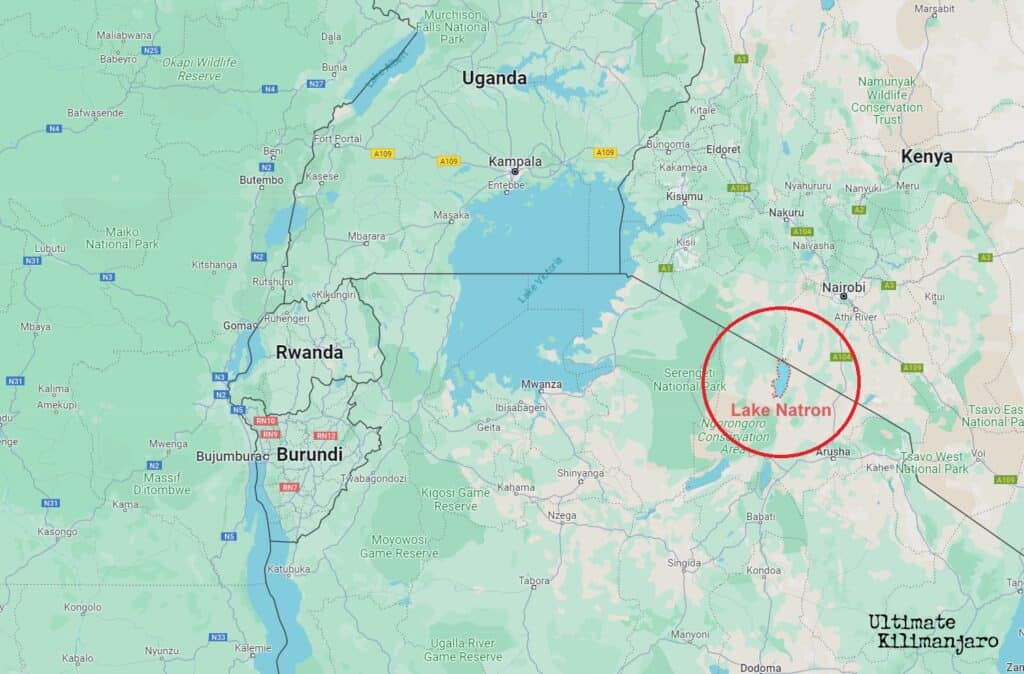
Where Does the Name “Lake Natron” Come From?
Lake Natron is a salt or alkaline lake. Natron is a salt (sodium carbonate) found in dried lake beds. Therefore the name ‘Natron’ comes from the abundance of the mineral in the lake’s waters. Sodium carbonate is commonly known as washing soda or soda ash. The formula for sodium carbonate is Na2CO₃.
How Big is Lake Natron?

Lake Natron covers an area of approximately 58 square miles (150 square kilometers), though its size varies significantly depending on the season and the amount of rainfall. It’s less than 10 feet (3 meters) deep.
Is Lake Natron a National Park?
Lake Natron is not designated as a national park. It is a significant ecological and geological site. The area around Lake Natron, including the lake itself, is protected to some extent. Conservation efforts in the Lake Natron area primarily focus on protecting the breeding grounds of the flamingos and preserving the environmental conditions of the lake.
Why is Lake Natron Famous?
Lake Natron is a unique natural phenomenon. This lake draws attention for its striking visual appeal and ecological importance.

One of the most striking features of Lake Natron is its striking red coloration. The primary reason for its hue lies in its extreme alkalinity. With pH levels often exceeding 10, the lake provides a suitable habitat for certain types of microorganisms, including salt-loving algae and bacteria. These microorganisms thrive in the high-saline, high-pH conditions of the lake. The presence of large quantities of haloarchaea, known for its red pigmentation, gives the lake its characteristic deep red and pink color.
The other main reason Lake Natron is famous is due to its harsh environment. Its high pH makes it an inhospitable environment for most forms of life. Lake Natron has been called the Deadly Red Lake.

Despite these conditions, Lake Natron is the primary breeding site for the lesser flamingo. The nature of the lake’s water keeps predators at bay, making it a safe haven for flamingo nests. The algae thriving in the saline waters also provide a plentiful food source for these birds.
Why is Lake Natron So Deadly?
Lake Natron’s high alkalinity is beautiful, but hazardous. Its pH levels often exceed 10 and can reach a pH of 12, akin to that of ammonia. Therefore, the lake’s waters are caustic. It is capable of causing burns and irritations to human skin and eyes. Additionally, Lake Natron is subject to extremely high temperatures. Its water temperatures can push above 100°F (38°C).
Have There Been Human Deaths at Lake Natron?
While there are no known human deaths directly caused by the waters of Lake Natron, it is certainly a dangerous environment for people.
In 2007, a helicopter filled with a group of wildlife photographers crashed into the lake while hovering too low to the surface. The accident left the pilot with a broken leg and a passenger with a broken hip. However, the crew of nine were pulled from the wreckage by the local Maasai and everyone survived. One of the photographers stated that the toxic water burned his eyes and blurred his vision.
Does Lake Natron Turn Animals Into Stone?

Lake Natron has gained a reputation for its petrifying effect on animals that die in its waters. The high levels of sodium bicarbonate can lead to the calcification of birds and other animals. Interestingly, sodium bicarbonate was historically used by Egyptians for mummification.
It has been reported that the lake “turns animals into stone.” However, the animals did not die because they came into contact with the lake’s water. The animals died in the water and their carcasses were preserved by the chemicals in the water, making them salty statues.
Lake Natron received media attention when photographer Nick Brandt published stark images of its dead animals in a book titled “Across the Ravaged Land” (Abrams Books, 2013). In the book, Brandt wrote, “I took these creatures as I found them on the shoreline, and then placed them in ‘living’ positions, bringing them back to ‘life,’ as it were.”
How was Lake Natron Formed?

The geological history of Lake Natron is fascinating. The lake is fed by the Southern Ewaso Ng’iro River and by mineral-rich hot springs. Its chemical composition is heavily influenced by the volcanic activity of Ol Doinyo Lengai, the only active volcano in the world that produces carbonatite lava. This rare type of lava, rich in sodium and potassium carbonates, significantly contributes to the lake’s unique chemical makeup.
The ash and debris from past eruptions of Ol Doinyo Lengai washed down into the lake. Over time, evaporation has concentrated the salts and minerals in the lake, leading to its extreme alkalinity.
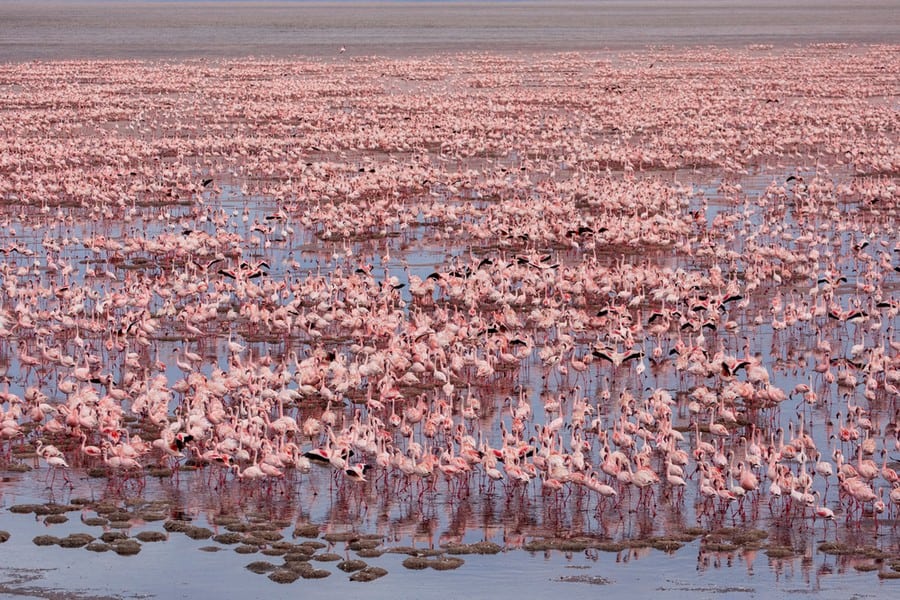
What Animals Live in Lake Natron?
While the lake’s alkalinity is hostile for most forms of life, certain types of algae and microorganisms have adapted to high saline conditions. There are also alkaline tilapias that live in the waters at the edges of the hot spring inlets, which is less salty.

The lake is home to 2.5 million flamingos, one of the highest concentrations in East Africa. Flamingos are well suited for survival in this environment. They have tough skin and scales on their legs that prevent burns, and they have glands in their head that remove salt from the water, draining it out from their nasal cavity.
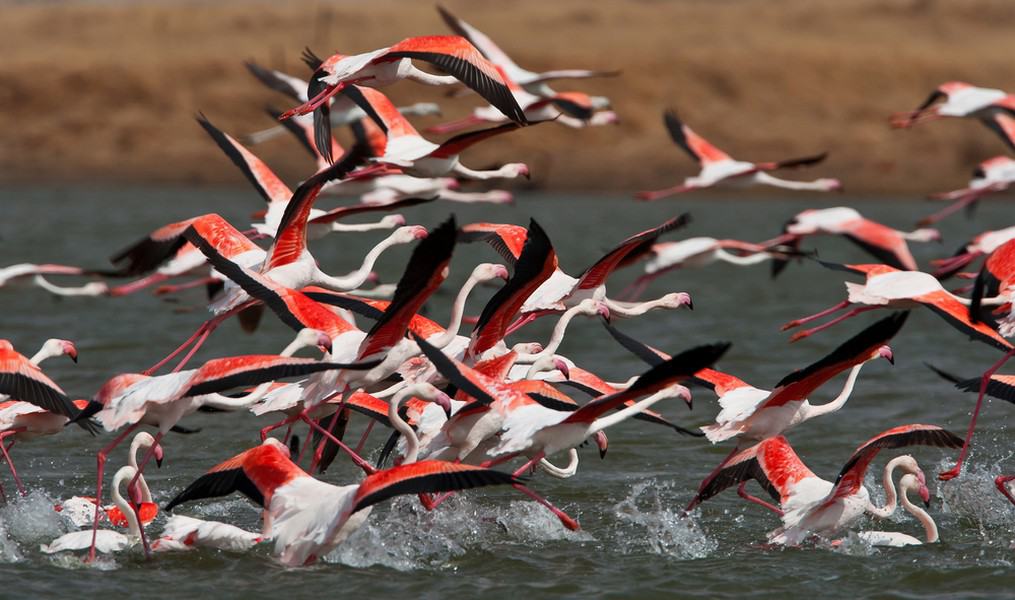
What is the Weather in Lake Natron?
The weather patterns at Lake Natron are predominantly hot and arid, reflecting the harsh conditions of the surrounding East African Rift Valley.
Daytime temperatures frequently soar above 104°F (40°C). The intense sunlight and the reflective nature of the lake’s surface further exacerbate the heat, creating a sweltering environment. Nighttime temperatures can provide a slight respite but remain relatively high. Even at night, temperatures rarely drop below 68°F (20°C).

Dry Season
Running from June to September, the dry season at Lake Natron is marked by relentless heat and minimal rainfall. During this period, the lake’s water levels decrease due to high evaporation rates, and the concentration of salts and minerals increases, intensifying the lake’s alkalinity and coloration.
Wet Season
From November to May, the region experiences its wet season. Rainfall during this period is often erratic and comes in the form of short, heavy showers. The temperatures are slightly cooler during the rainy season but still remain high, with daytime averages around 86°F to 95°F (30°C to 35°C).

When is the Best Time to Visit Lake Natron?
The best time to visit Lake Natron is during the cooler months from June to September. However, visitors interested in seeing the flamingos should plan their trip around the breeding season, which usually occurs between September and March.
Seasonal rainfall patterns in the area contribute to fluctuations in the lake’s size and salinity. During the dry season, the lake shrinks and becomes more concentrated, while the rainy season brings fresh water, temporarily altering its composition.
